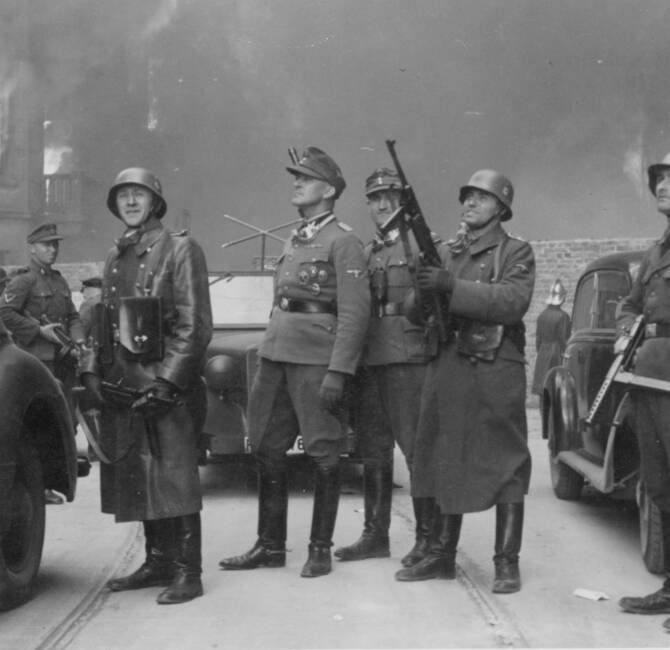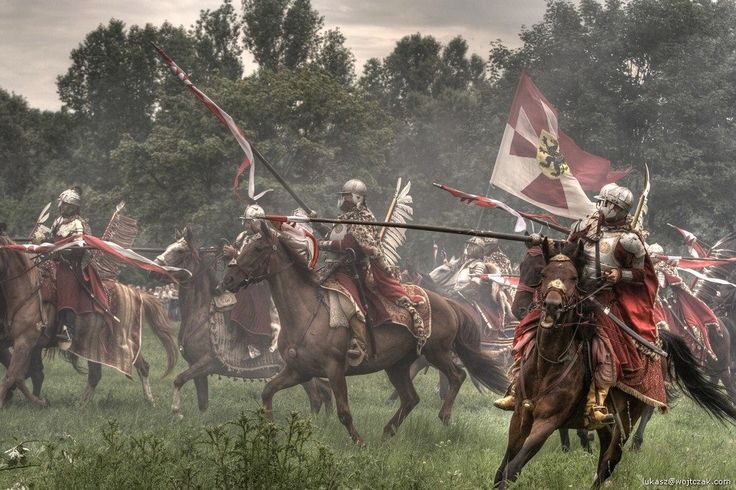Formalized March 12, 2007 by the Hungarian Parliament, having been passed unanimously, and March 16, by the Polish parliament, the vote being welcomed with cheers, the day of the Polish-Hungarian friendship is the day of 23 March. This year was therefore held the tenth day of the Polish-Hungarian friendship.
The Polish and Hungarian states both date from the end of the first millennium AD and have since been major players in the game of power in Central Europe. They also had a similar role in the evangelization of a part of Europe, who joined the sphere of Christianity later than Western Europe. But the two countries have also sovereign in common, that united the two kingdoms. Louis of Anjou, said Louis I the Great of Hungary, who became King of Hungary in 1342 and also of Poland in 1370. Later, it was the Jagiellonian that unite the two countries, with Vladislaus Jagiello III in 1440. Finally, the greatest kings of Poland Stephen Báthory was born in Transylvania, Hungarian nobleman, who was elected king of Poland in 1576.
During the various wars ravaging Europe, Poles and Hungarians are not fought against each other – except during the first World War, but the Polish state existed then more, and the Polish people was built in Prussia, Russia and Austria-Hungary – and even proud of it today. Even more, the two nations have helped each other throughout history. In 1848, during the Hungarian revolution against the Habsburgs, the Polish general Joseph Bem volunteered and was eventually the last revolutionary general to fight, while Austria crushed the revolution with the help of the Tsar. More than 2,500 Polish volunteers were also trained a legion who fought especially at the headquarters of Arad in 1849.
In 1939, when Hitler was preparing to invade Poland, Admiral Horthy refused to participate in the invasion, although Hungary was a member of the Axis, in name of the friendship between the two peoples and “Hungarian Honour”. The Hungarian and Polish officers were photographed by giving joyfully hug, while Hungary offered the opportunity to tens of thousands of Polish military to evacuate through Hungary to Syria under French mandate.
In 1956, when the Polish workers demonstrated for reforms, students and Hungarian workers drove off a show of support, past the statue of General Bem, and demanding reforms similar to those requested by the Poles. But in Budapest, the situation deteriorated and the revolt of October ’56 began after the political police had fired into the crowd on the evening of 23 October. More than 11,000 Poles gave their blood and sent the medical supplies by air and road and train to help the Hungarians in their struggle.
This long friendship has been enriched by the contribution of many writers and poets. Stanislas Worcell wrote in 1849 that Hungary and Poland are “two eternal oaks, which have different trunks, but with roots deep below the earth, there to intermix and blend together. That is why the existence and strength of one is the condition for the existence and strength of the other”. Finally, a proverb exists in both languages to express the friendship of the two nations :
“Polish, Hungarian, two good friends, fighting and drinking together !”




